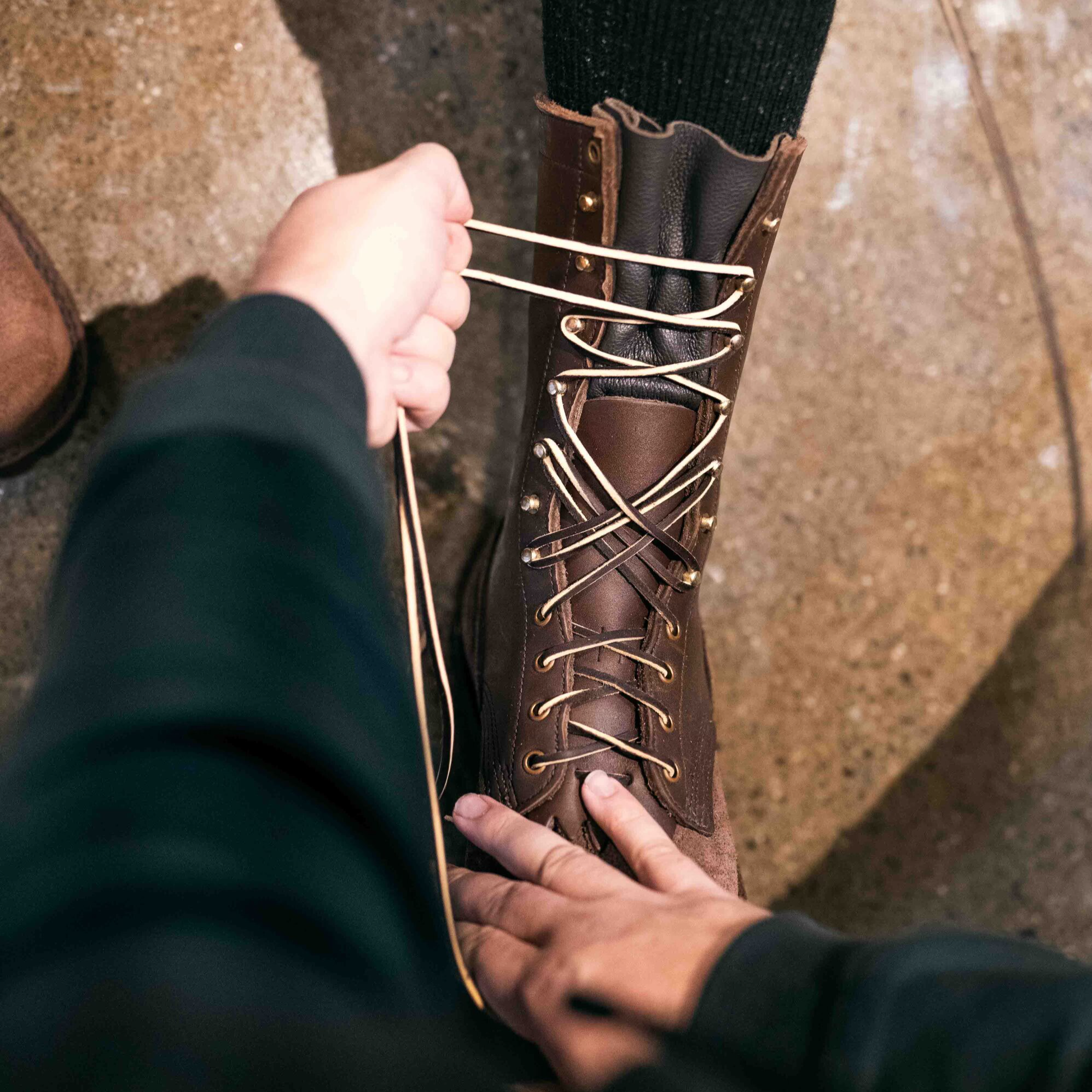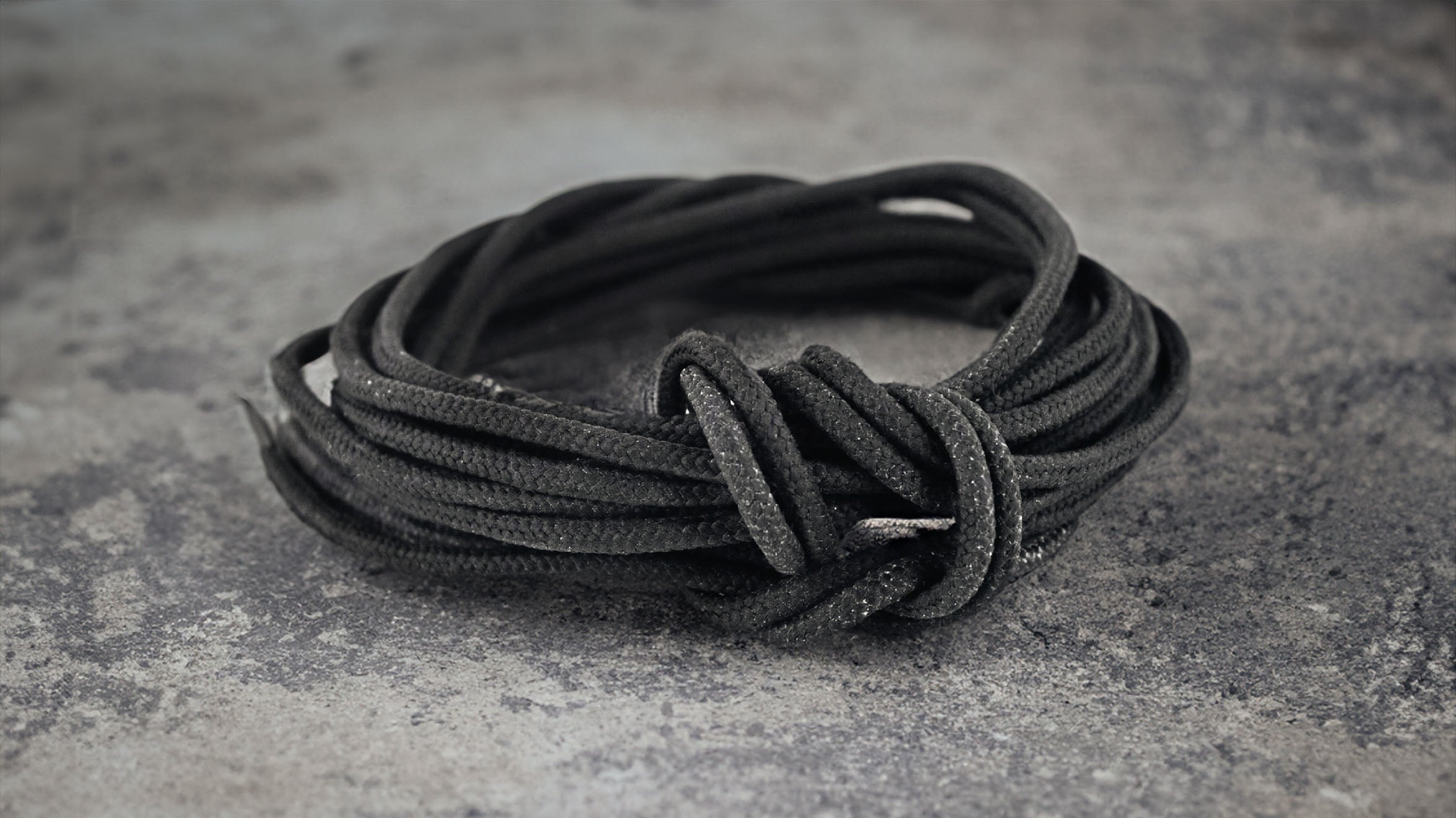How to Adjust Your Work Boots for the Summer Heat
Introduction
As temperatures climb, so does the discomfort experienced by many who spend their days in work boots. The combined effects of heat, swelling, and increased perspiration can make an already challenging workday feel even longer. This comprehensive guide offers practical advice on how to adapt your work boots for the sweltering summer months, ensuring maximum comfort and protection.
Understand the Impact of Heat on Your Feet
Summer heat can cause your feet to swell and sweat more than usual. It's crucial to recognize how these changes can affect your comfort and the fit of your footwear. A deeper understanding of how your feet respond to elevated temperatures will help you make more informed decisions about the adjustments needed for your handmade work boots during the hotter months.
Feet are highly vascularized extremities with a dense network of arteries and veins linked by capillaries. This extensive capillary network provides a large surface area for heat exchange, functioning much like a heatsink in a computer or a radiator grill. As blood circulates through these capillary-rich areas, it can dissipate a lot of body heat when the feet are exposed to cooler air or absorb heat in warmer environments, such as inside boots.
This thermoregulatory feature of your feet plays a significant role in overall body temperature regulation. When your feet are enclosed in warm work boots, the heat absorbed by the blood in these capillaries can make your feet feel even hotter. Conversely, if your feet are cool, the blood circulating through them cools down, which can then lower your body temperature as this cooler blood returns to the rest of your body.
Understanding this physiological mechanism is essential when considering how to adjust your footwear for summer conditions. Ensuring that your work boots and their environment allow for adequate air circulation and heat dissipation will help keep your feet cooler and more comfortable, preventing discomfort from heat buildup and excessive sweating.
The Best Lacing Techniques for Summer
Adjusting how you lace your boots can significantly influence their comfort and fit, particularly in summer. Opt for a looser lacing method that still provides ample support without being too restrictive. Techniques such as window lacing or skip-lacing are beneficial as they reduce pressure points on swollen feet and enhance ventilation, helping to keep your feet cooler throughout the day.

The Role of Insoles and Orthotics
Insoles and orthotics are vital for maintaining foot comfort, especially during the summer months. Lightweight, breathable insoles that feature moisture-wicking properties are ideal, as they help to keep the feet dry and cool under harsh conditions. Quality orthotics offer additional support and cushioning, effectively altering the internal fit of the boot to better accommodate the unique contours of your feet. These can be crucial for reducing the strain on your feet during long periods of standing or walking.
Importance of Midday Adjustments
As the day progresses, the heat can cause your feet to swell even more, which might necessitate adjustments to your footwear. Loosening your laces or changing into a fresh pair of socks partway through your day can greatly increase comfort. Such midday adjustments can help accommodate increased foot volume and prevent issues such as blisters and sore spots.
Pairing with the Right Socks
Choosing the correct socks is equally crucial in managing heat within your work boots. Socks designed specifically for hot weather, made from synthetic blends or specialized fibers, are best. These materials not only wick moisture away from the skin but also facilitate proper ventilation, keeping your feet dry and cool. Steer clear of cotton socks in the summer, as they tend to absorb and retain moisture, which increases discomfort and the risk of fungal infections.
Regular Maintenance to Keep Boots Summer-Ready
Routine maintenance is essential to keep your work boots in optimal condition during the summer. Regularly cleaning and drying your boots helps prevent the accumulation of moisture and bacteria, which can lead to odors and deterioration of the boot material. Additionally, applying a suitable leather conditioner helps maintain the flexibility and breathability of the boots. For those wearing leather boots, it’s crucial to apply a water-repellent treatment to protect against moisture damage without compromising the material's breathability.












Leave a comment